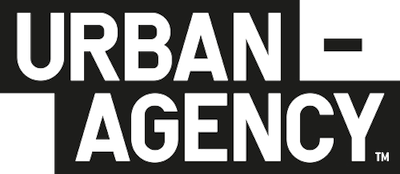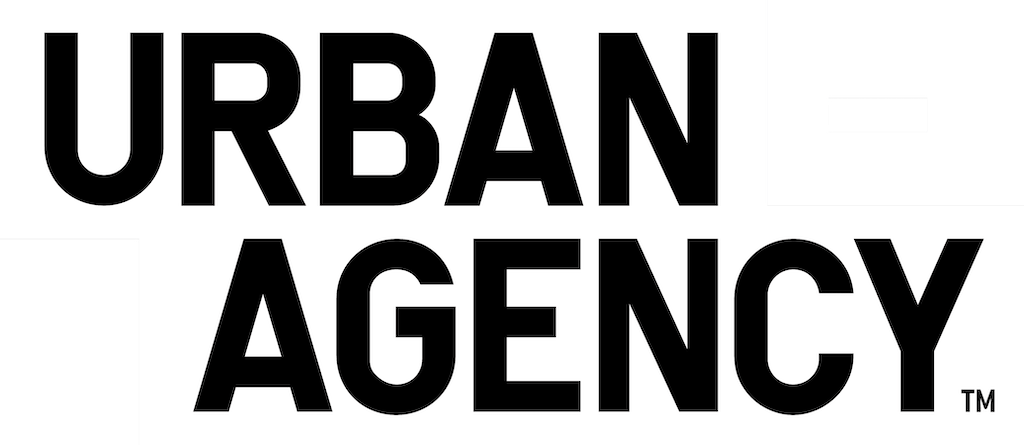HAMBURG STEILSHOOP
A NEW CENTER FOR THE MIDDLE
The Hamburg Steilshoop project has been designed over two building plots to play a central role in the surrounding urban structure. The three corridors to the north continue across both properties; the central band being urban in character while the outer bands connect to the neighbouring green path system, carrying green landscape and play areas through the site. Along each corridor, various public functions are placed such as kiosks, restaurants, cafés and grocery stores which contribute to the overall quality of public life. One square punctuates each building plot. To the north is the heart of the project, the central square, which is framed by and given identity through the preserved architectural structure from the 1970s. To the south, on the lower level is the existing church square which has become more open and green in character, integrating the church into a barrier-free public space. Along the northern edge of the church square an underpass connects to the northern plot, allowing the project to be linked on two levels.
The the distribution of building volumes has been done with great care in order to ensure the best possible indoor and outdoor environments. On the northern plot, to the east, a coherent building base with a supermarket is topped by shorter and rotated residential structures which create more connections between neighbours and in turn establishes a dynamic roof terrace. Along the western edge, an L-shaped residential building has been designed to create more public space along the central urban passage below, which is lined with grocery and other various gastronomic functions. The L-shape simultaneously creates the opportunity for a private kindergarten play area on the roof. The independent square defines the lower edge of the northern plot which contains medical and office functions and creates an intimate inner public space away from the busy metro square.
On the southern plot the decision has been made to not build along the western edge to allow for better on-grade connections between the two plots. This space is then connected to the lower church square level through a generous public stair. The result is two separate building volumes connected via a glass bridge. The lower level facing the church is equipped with a supermarket, café and the entrances to the elderly and nursing home. Above, accommodation and communal functions such as physiotherapy and dinning rooms are dispersed.
A variety of materials have been used to create differentiation between building volumes, however a coherent ground floor of clinker brick is applied throughout. In the upper levels, wood as well as bricks in various muted tones of red, yellow and grey are used for the majority of the facades, aside from the square office building which has a red metal façade. Behind the facades, the structural concept of the project has been to maintain and supplement the existing structure of the preserved buildings to a large extent while utilizing hybrid construction methods in the new buildings.
The landscape design features a diverse selection of plants which enhance the overall area's biodiversity. Introducing nature in an urban context such as this aids in purifying the air, regulating the microclimate and reducing the area’s CO2 footprint. The variety of plants introduced additionally contributes to creating opportunities for residents to experience dynamic sensory and learning experiences year-round. Native species and climate resilient species (which are wind and drought-tolerant) have been prioritized for all vegetation including trees, ground cover and climbing plants. Creating high quality places for stay has been a primary focus for the design and has greatly influenced the placement of both buildings and vegetation. Sunlight and wind studies have been conducted to direct the programming and design of both plots. Trees have been placed to reduce wind speeds in specific areas in order to ensure that all three outdoor corridors have a welcoming microclimate suitable for dining, cafés and long stays.
The overall project has been designed according to DGNB Gold criteria. The introduction of a hybrid timber construction, the reuse of existing buildings and the recycling of old materials back into the project – both in the buildings and the landscape – outlines the concept of the project’s sustainability vision. Modularity, and thus ease of dismantling, are given priority in the new construction as are materials from dismantled projects in the surrounding area. With the aim to be as circular as possible, the project also incorporates renewable energy sources and water retention systems, further exemplifying its commitment to environmental stewardship and resource conservation.
Program: Masterplan
Size: 75.000 m2
Location: Steilshoop, Wandsbek district, Hamburg, Germany
Client: Fortuna Inmobilien Management CCS
Collaborators: WP Ingenieure, Görtzen Stolbrink & Partner
Type: 2nd prize Competition, realization of southern plot
Status: Ongoing
Team: Henning Stüben, Heechan Park, Gaspar Canepa, Charlotte Klein, Rosa Fuentes Fernandez, Kristen Van Haeren, Luis Manovel Mariño, Minjae Kwon, Andrea Ventura, Jieun Kim, Jose Villar Pastor, Borja Santurino



